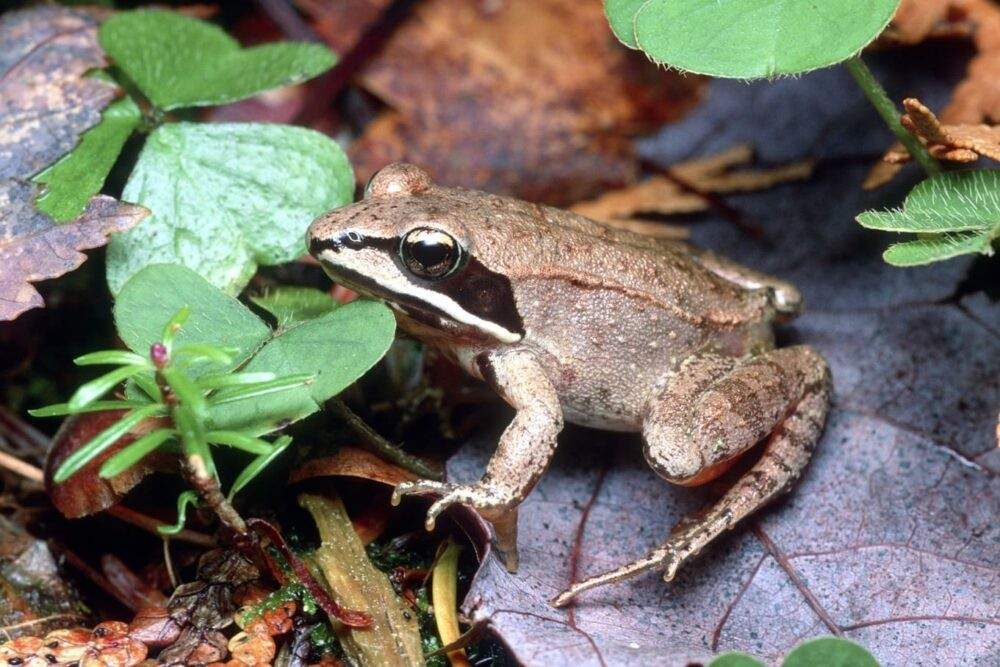Tashi Farmilo
LJI Reporter
A major conservation initiative in the Outaouais is quietly reshaping how the region approaches
land use, biodiversity, and long-term environmental planning. Backed by nearly $1 million from
Parks Canada, the Plaisance-Tremblant ecological connectivity project is focused on
safeguarding fragile ecosystems in the Papineau region by securing vital corridors used by
wildlife.
The project is led by a coalition of conservation partners, including Ducks Unlimited Canada,
Éco-corridors laurentiens, and the Outaouais Regional Council for the Environment and
Sustainable Development, known as CREDDO. Together, they are working to protect at least 75
hectares of natural territory through voluntary land acquisitions and agreements with private
landowners.
At the heart of the effort is a straightforward ecological principle: species survival depends not
just on isolated pockets of wilderness, but on the connections between them. When wetlands,
forests, and meadows are fragmented by roads or development, many species lose the ability to
feed, migrate, and reproduce. The Plaisance-Tremblant corridor, which stretches across a
biologically rich section of the Laurentians and the Outaouais, serves as a crucial conduit for
that movement.
In the coming months, field teams will be active in Papineau municipalities, working with
property owners to identify priority sites for conservation. These discussions are already
underway, and some residents will be invited to host wildlife cameras to help monitor animal
activity. The data collected will inform both ecological research and planning decisions, as will
studies on road mortality and economic indicators like the public’s willingness to invest in
environmental protection.
Though some of the species involved remain unnamed due to their protected status, others
reflect the ecological diversity of the region. The wood turtle, bank swallow, cerulean warbler,
and butternut tree are among those that benefit from uninterrupted access to varied habitats.
Their presence speaks to the biological value of the corridor and the urgency of maintaining it.
Beyond land acquisition, the project is also a test of governance. CREDDO is coordinating
efforts on the Outaouais side, but the structure is intentionally collaborative, involving
municipalities, local landowners, and other regional actors. The goal is to build a model of
conservation that is both scientifically sound and socially durable.
This approach departs from older, top-down models of environmental protection. Instead, it
leans on partnerships, local knowledge, and shared responsibility. Over the next five years, the
initiative will roll out public education events, land stewardship workshops, and a five-year action
plan aimed at embedding ecological connectivity into long-term planning frameworks.
The project also complements broader regional work. CREDDO is simultaneously developing a
full map of ecological corridors across the Outaouais, including areas of increased urbanization.
While the Plaisance-Tremblant corridor focuses on semi-rural zones, its lessons may well
influence conservation strategies throughout the region.
Photo: Through a federally funded conservation project in the Outaouais, work is underway to
protect critical wildlife corridors by connecting fragmented habitats, engaging local landowners,
and laying the groundwork for long-term ecological resilience. (TF) Photo: CIC/Claude
Ponthieux

Published
August 22, 2025
